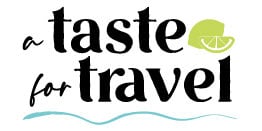A guide to getting a day pass or cabana at famous Flamingo Beach on Renaissance Island in Aruba, Dutch Caribbean.
How To Get a Renaissance Island Aruba Day Pass to Flamingo BeachRead More
One of the ABC islands of the Dutch Caribbean, Aruba is best known for its white sand beaches, fine-dining and luxury resorts. But once you scratch the surface of this sunny island, you’ll discover a Caribbean destination filled with culture and culinary riches, drawn from a blend of its historic legacy, the bounty of its ingredients and the creativity of its chefs.
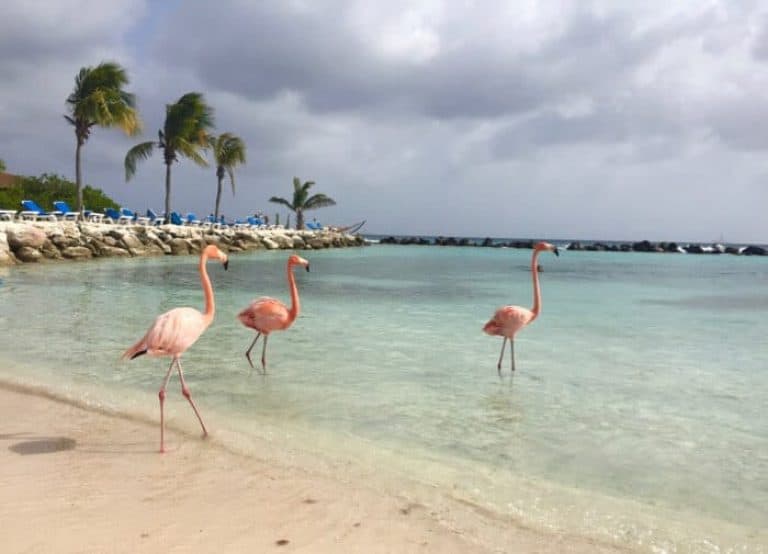
Modified: Published: // by Michele Peterson 16 Comments
A guide to getting a day pass or cabana at famous Flamingo Beach on Renaissance Island in Aruba, Dutch Caribbean.
How To Get a Renaissance Island Aruba Day Pass to Flamingo BeachRead More
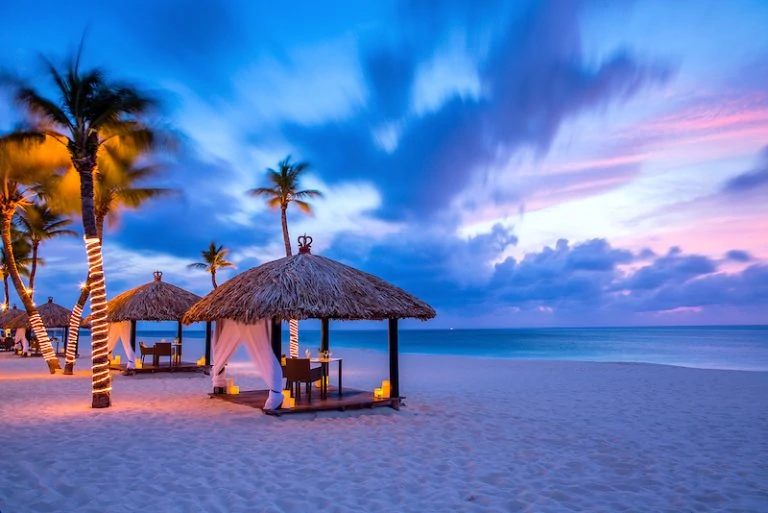
Modified: Published: // by Sue Campbell 13 Comments
These ultra romantic restaurants in Aruba are perfect for date night, a special occasion or honeymoon celebration.
10 Romantic Beach Restaurants in Aruba for Date NightRead More
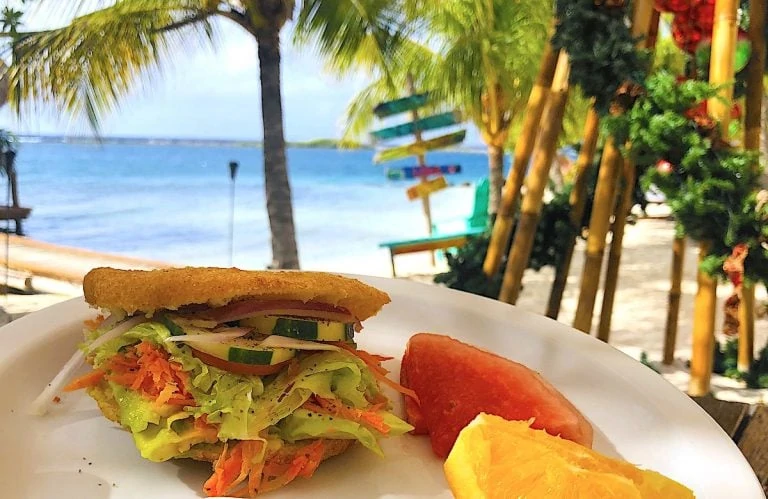
Modified: Published: // by Jessica Percy-Campbell 9 Comments
These are the very best places for vegan food and plant-based dining in Aruba, Dutch Caribbean.
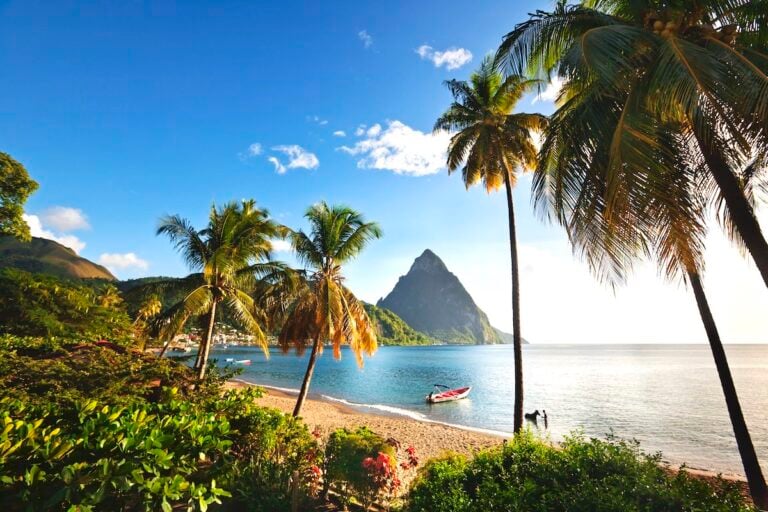
Modified: Published: // by Christine Rogador 9 Comments
Discover the best honeymoon destinations in the Caribbean with this guide to the islands, hotels and attractions.
10 Best Honeymoon Destinations in the Caribbean (for 2025)Read More
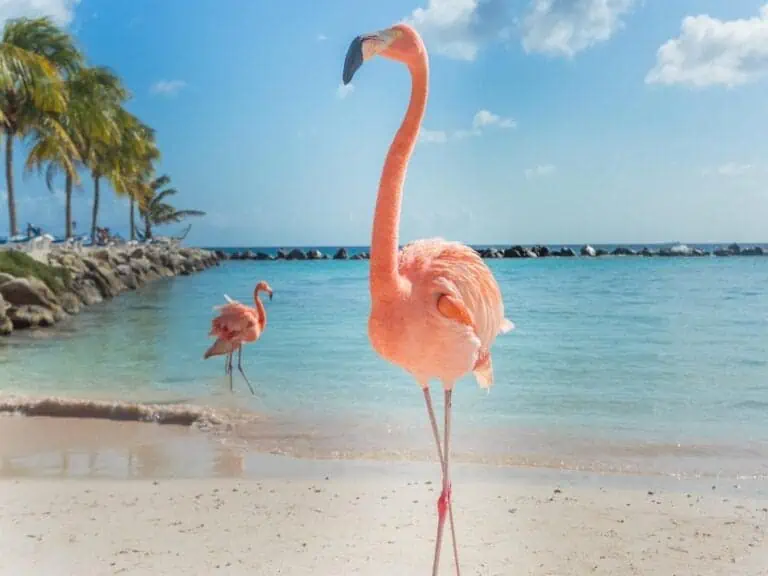
Modified: Published: // by Sue Campbell 17 Comments
Discover epic things to do in Aruba, Dutch Caribbean. This travel guide to attractions, beaches and restaurants includes insider tips!
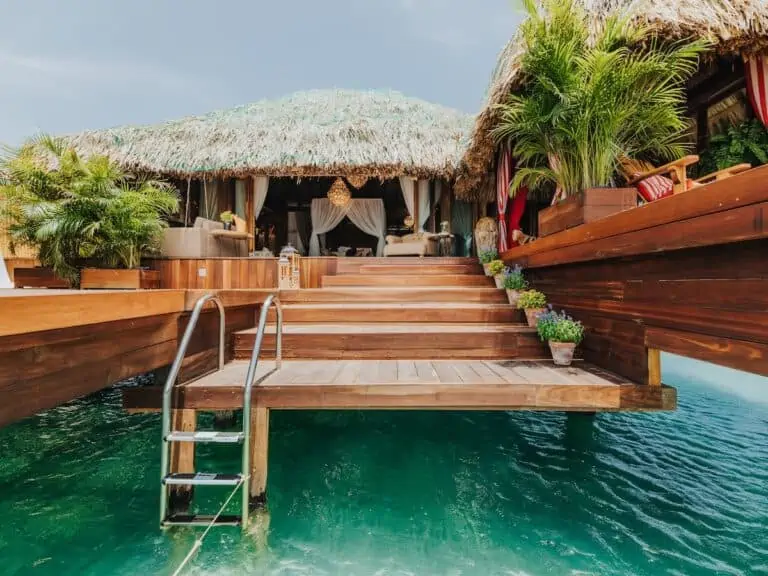
Modified: Published: // by Michele Peterson 7 Comments
Our top picks for the most extraordinary small hotels, luxury villas and apartments in Aruba.

Modified: Published: // by Sue Campbell 3 Comments
From night brunches to floating brunches, you don’t want to miss these 20 unique brunches in Aruba!
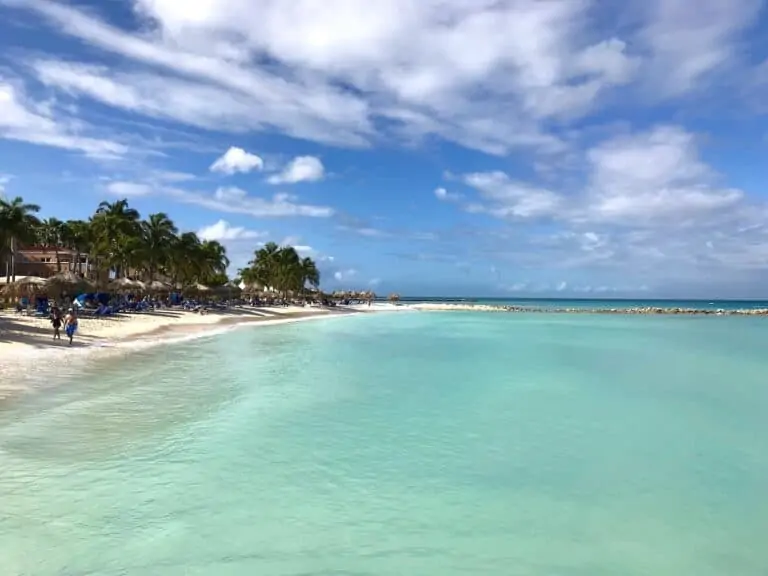
Modified: Published: // by Michele Peterson 1 Comment
Discover the advantages of booking a timeshare rental in Aruba.
Top 5 Reasons to Choose a Timeshare Rental in ArubaRead More

Modified: Published: // by Sue Campbell 12 Comments
Sunny skies, blue Caribbean waters and classic cocktails, it’s instant paradise at these top beach bars in Aruba!
